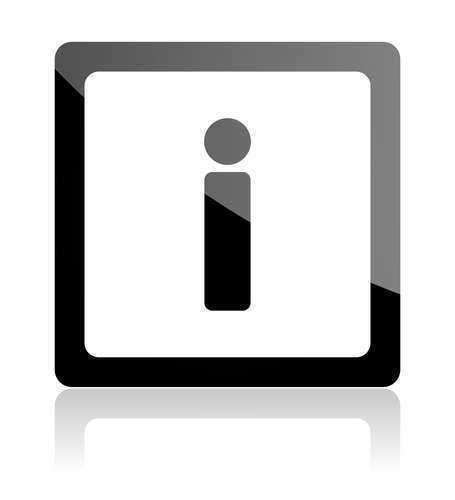
The Second Article of the Constitution establishes the electoral college as a system of indirect popular voting in order to elect the President of the United States.
This system is differentiated from a system based upon direct popular vote in that it is possible for a presidential candidate to win the popular vote, while losing the actual election. The Constitution separates citizen voters from the actual election for the President in order to prevent a tyranny of the majority, among other aims.
When the Founding Fathers were developing the Constitution, they had to deal with certain facts of the day and age. A direct system, based only on popular vote, seemed unfeasible for practical reasons, including a lack of organization for the political system, coupled with issues concerning the speed of communication.
At the time, there were not political parties, and there was no clear system for determining how many candidates could run for President. There was some fear on the part of the Constitution’s framers that a huge number of candidates would run, and with a direct, popular vote as determinant for election, it might be possible for a single party to receive more votes than any other candidate, while still only receiving a fraction of the overall votes, as each different area of people would vote for a more local candidate.
Furthermore, because taking the vote of every single person, and then tabulating them all together, would take large amounts of time using the technology of the era, a direct popular vote seemed unfeasible. Thus, when writing the Constitution, the framers decided to use an indirect system.
The indirect system of the electoral college, as established in the Constitution, is still, in theory, a system based on a popular vote. Each citizen still gets one vote in the election. But the difference is that no citizen is actually voting for the President directly. Instead, each citizen is voting for an elector, effectively nominating a representative.
This representative elector will then actually vote for the President. Each state only gets a certain number of electors, based on the population of that state. This ensures that citizens are voting for the President indirectly, as they are voting for an elector who would vote for the same presidential candidate for whom each citizen him or herself would vote.
This system of voting established by the Constitution is still a form of popular vote, as in the end, theoretically, the popular vote of the people will still play the primary, determining role in the actual vote for the President. But this system of voting insulates the vote from the popular sentiment of the people, ensuring that there will be no tyranny of the majority, which was another concern of the Founding Fathers.
This can be understood especially well if one were to imagine a popular vote today, as major population centers would have tremendously more power than sparser areas of the country, and thus, the majority might tyrannize the minority.
Furthermore, the indirect voting system established by the Constitution also represents the fact that, while Congressional representatives are voted for through popular vote, the President and Vice President are instead elected as the leaders of a federation of states, and as such, are effectively voted for by each state, instead of by the people as a whole. The system is strongly ingrained in American politics, even though it has been modified from its originally stated form in the Constitution.
The system has been considered generally functional, especially as candidates have only twice, in the history of the nation, won the popular vote, but lost the electoral vote. In both instances, the popular vote was extremely close.


